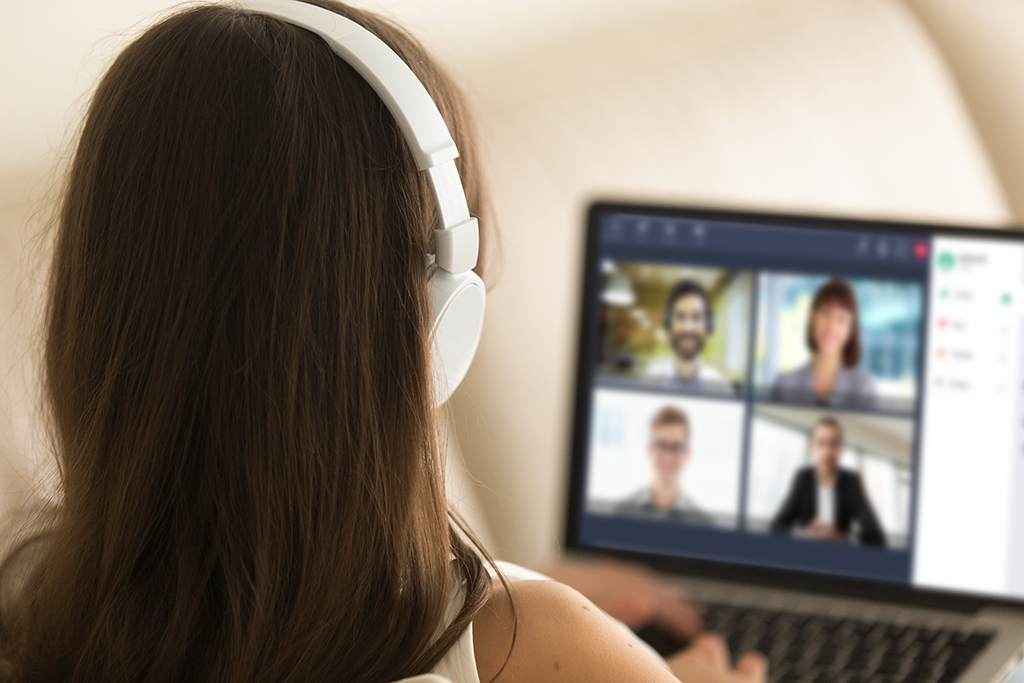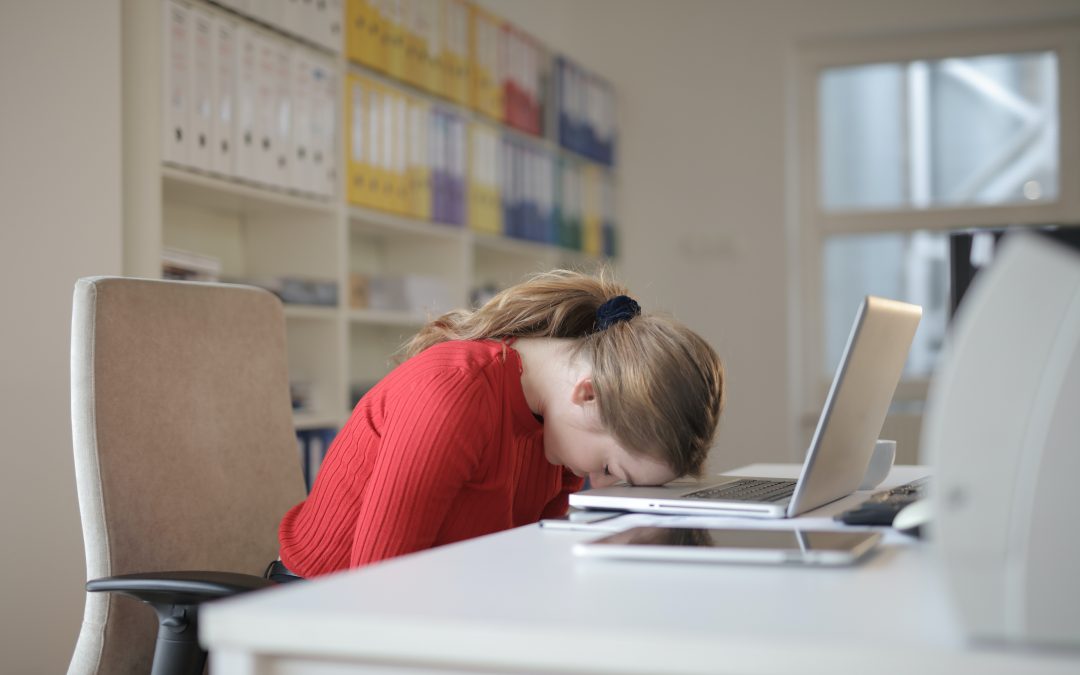Have you been videoconferencing several times and are you feeling very tired? Here are a few tips to prevent you from becoming exhausted during your online meetings.
More tired than during a face-to-face meeting?
Videoconferencing saves time, especially in travel, but it does not always save energy. This is especially true in teleworking, where there are many online meetings, whether to keep track of ongoing projects or simply to maintain team cohesion.
Increased concentration in front of the webcam
Although face-to-face meetings can also be tiring, video conferencing requires a different kind of concentration from participants. Generally, participants are filmed by their webcam and tend to be constantly attentive, facing the camera. This requires a lot of energy and limits the possibility of taking a break. In a meeting room, it is often easier to move around or do something else without fear of generating questions from the other participants (looking at your notes, getting up to get a document or a glass of water, etc.).
More energy to communicate
In an online meeting, participants may need to amplify their reactions or gestures to show their interest or to make themselves better understood: for example, nodding or waving to their interlocutors during a presentation. This adds to the mental load and can lead to fatigue.
Not to mention that many studies have shown that we spend more time looking at our own reflection than that of our interlocutors during a video conference. A practice that could also have a tendency to affect our morale and fatigue.
Tips for limiting video conferencing fatigue:
Adapting the modes of exchange
As with face-to-face meetings, it is never a good idea to hold too many video conferences or to drag them out. Before scheduling a videoconference, it is therefore preferable to consider its purpose. Some online meetings can be replaced by a simple discussion between colleagues. With Tixeo’s Fusion mode, you can easily get in touch with a collaborator in a virtual open-space, to quickly exchange ideas without disturbing him/her too much.
Choose the right timing
When videoconferencing is essential, it is advisable to set a reasonable timing for the meeting. A video conference that lasts more than an hour is generally considered too long: the participants will tend not to pay enough attention and the exchanges will be less qualitative. Consequently, it will waste time (and energy) for all participants!
Make sure you have good brightness
The brightness of your screen should not be neglected during your online meetings. After several video conferences with too little or too much brightness, eye strain can quickly set in. In addition, you can activate a blue light filter on your computer to further protect your eyes. Regular breaks without looking at your smartphone are also recommended.
Take regular breaks
This is essential to recharge your batteries and avoid getting tired too quickly. Taking breaks of a few minutes after a video conference allows you to rest your eyes and take the time to assimilate all the information exchanged. It is advisable to get up and walk around, as if you were leaving the meeting room to go for a coffee or to your office, for example. The aim is to stretch your legs as much as possible in order to limit the harmful effects of a sedentary lifestyle, accentuated by teleworking and remote meetings.
Set up in a suitable environment
The environment of your videoconference is an important aspect that can lead to fatigue. Indeed, if you cannot isolate yourself, you will be bothered by surrounding noises which will force you to increase your concentration. You should therefore choose a quiet place, and if possible a closed one, to gain in serenity.
6 questions to ask yourself before starting a videoconference


